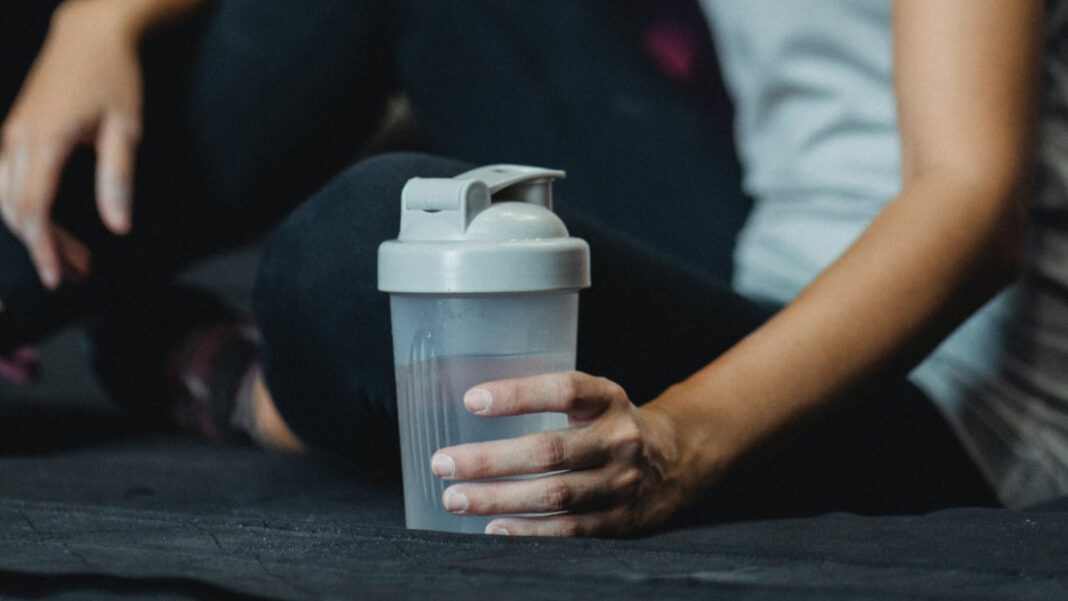UNITED KINGDOM: Reusable water bottles have become a popular choice for people who want to stay hydrated on the go while reducing their impact on the environment.
However, a recent study conducted by waterfilterguru.com found that these bottles can harbor a significant amount of bacteria, with some containing up to 40,000 times more bacteria than the average toilet seat.
While this may seem alarming, there are steps you can take to keep your reusable water bottle clean and safe to use.
The study tested different parts of water bottles, including the spout lid, screw-top lid, straw lid, and squeeze-top lid, and found two types of bacteria present: gram-negative rods and bacillus.
Gram-negative bacteria can cause infections that are increasingly resistant to antibiotics, while certain types of bacilli can result in gastrointestinal issues.
However, microbiologist Dr. Simon Clarke from the University of Reading says that while bottles may serve as breeding grounds for high numbers of bacteria, they are not necessarily dangerous.
He notes that he has never heard of someone getting sick from a water bottle and that water bottles are likely to be contaminated with the bacteria that are already in people’s mouths.
Steps to keep your reusable water bottle clean and safe
Wash your bottle daily with hot, soapy water
It’s essential to wash your water bottle thoroughly every day, particularly if you use it frequently. Use hot, soapy water and a bottle brush to scrub the inside and outside of the bottle, paying particular attention to the areas around the lid and spout.
Sanitize your bottle regularly

In addition to daily washing, it’s a good idea to sanitize your bottle regularly. You can do this by soaking it in a solution of water and vinegar or using a specialized bottle-cleaning tablet. Be sure to follow the manufacturer’s instructions and rinse the bottle thoroughly after sanitizing.
Use a squeeze-top bottle
The study found that squeeze-top bottles are the cleanest of the three styles tested, with a tenth of the number of bacteria as bottles with screw-top or straw-fitted lids. If you’re concerned about bacteria, consider switching to a squeeze-top bottle.
Avoid sharing your bottle


While sharing may be caring, it’s not a good idea when it comes to water bottles. Sharing a bottle can transfer bacteria from one person to another, increasing the risk of infection.
In conclusion, reusable water bottles can be a safe and eco-friendly choice if you take steps to keep them clean and bacteria-free.
By washing your bottle daily, sanitizing it regularly, using a squeeze-top bottle, and avoiding sharing, you can enjoy the convenience of a reusable water bottle without worrying about harmful bacteria.
Also Read: Study Predicts Alarming Increase in Ocean Plastic Pollution by 2040



